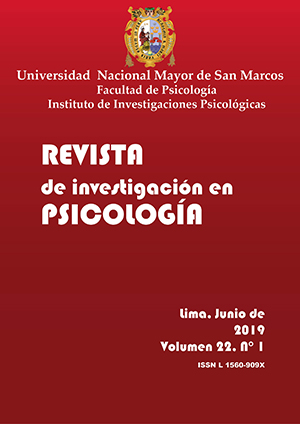Perception of the educational academic motivation and academic performance in sixth primary students of a Lima district
DOI:
https://doi.org/10.15381/rinvp.v22i1.16583Keywords:
Academic teaching motivation; Academic achievement; Training areasAbstract
The study seeks to determine the relation of academic motivation applied by teacher and academic performance in students from sixth grade of elementary level. For the study of the first variable was applied Teaching Motivation questionnaire of Patiño, Laura & Rado (2009) to 275 male and female students in elementary sixth grade from Surco district in order to assess the perception that students have with respect to the motivation that exert their teachers. Likewise, we collected the notes obtained by the students at the conclusion of the second bimester. It was found that the academic motivation is of a higher level and the academic performance is the level of achievement (A).Only found significant differences according to the type of educational institution on academic performance. There were no significant differences according to sex and age and therefore correlations are made with the total sample. No correlations were found between motivation academic teaching and academic performance in sixth grade pupils of the elementary from Surco district.
Downloads
Published
Issue
Section
License
Copyright (c) 2019 Alex Grajeda Montalvo, Sara Cangahuala Matos

This work is licensed under a Creative Commons Attribution-NonCommercial-ShareAlike 4.0 International License.
THE AUTHORS RETAIN THEIR RIGHTS:
a. The authors retain their trademark and patent rights, and also on any process or procedure described in the article.
b. The authors retain the right to share, copy, distribute, execute and publicly communicate the article published in the Journal of Research in Psychology (for example, place it in an institutional repository or publish it in a book), with acknowledgment of its initial publication in the Journal of Research in Psychology.
c. Authors retain the right to make a subsequent publication of their work, to use the article or any part of it (for example: a compilation of their work, lecture notes, thesis, or for a book), provided that they indicate the source. of publication (authors of the work, magazine, volume, number and date).






